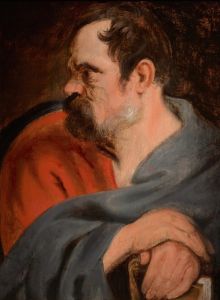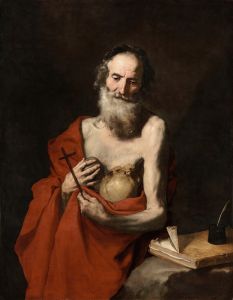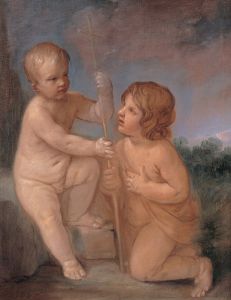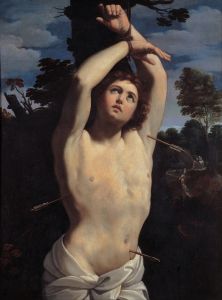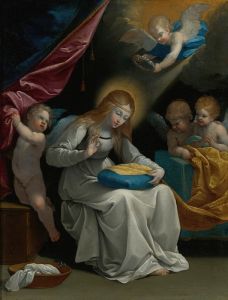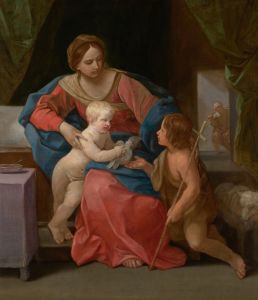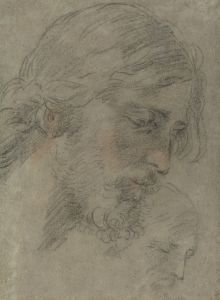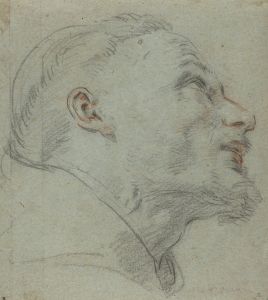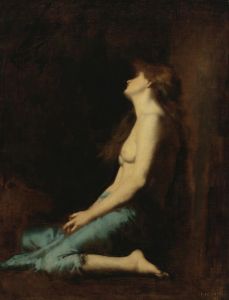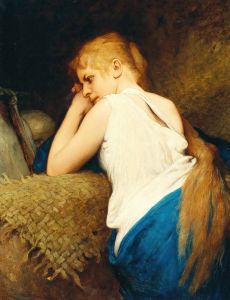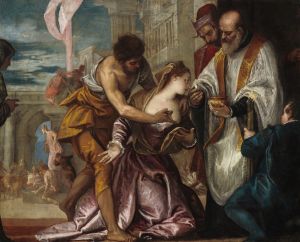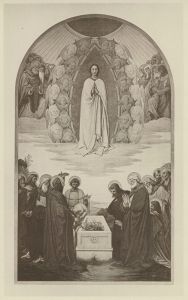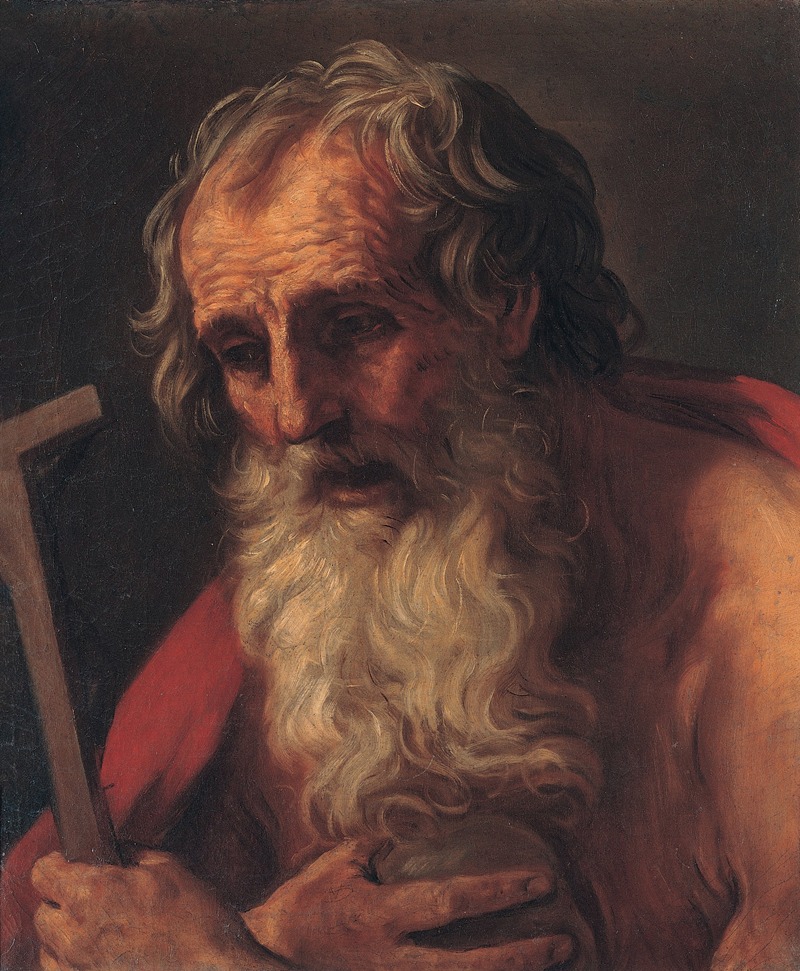
Saint Jerome
A hand-painted replica of Guido Reni’s masterpiece Saint Jerome, meticulously crafted by professional artists to capture the true essence of the original. Each piece is created with museum-quality canvas and rare mineral pigments, carefully painted by experienced artists with delicate brushstrokes and rich, layered colors to perfectly recreate the texture of the original artwork. Unlike machine-printed reproductions, this hand-painted version brings the painting to life, infused with the artist’s emotions and skill in every stroke. Whether for personal collection or home decoration, it instantly elevates the artistic atmosphere of any space.
Saint Jerome is a painting by the Italian Baroque artist Guido Reni, created around 1630. Reni, born in Bologna in 1575, was a prominent painter of the early Baroque period, known for his graceful and refined style. His work often featured religious themes, and he was highly regarded for his ability to convey emotion and spirituality through his art.
The painting depicts Saint Jerome, one of the most important scholars and translators of the Bible in Christian history. Jerome is best known for his translation of the Bible into Latin, known as the Vulgate, which became the Catholic Church's officially promulgated Latin version of the Bible during the 16th century. He is often portrayed in art as a penitent hermit, a scholar, or a cardinal, reflecting different aspects of his life and legacy.
In Reni's depiction, Saint Jerome is shown as a penitent hermit, a common theme in Baroque art. The saint is typically portrayed in a moment of deep contemplation or prayer, often in a cave or a wilderness setting, symbolizing his retreat from the world to focus on his spiritual and scholarly pursuits. In this painting, Jerome is depicted with a muscular, aged body, emphasizing both his ascetic lifestyle and his enduring strength and devotion.
The composition of the painting is marked by Reni's characteristic use of light and shadow, which creates a dramatic and almost theatrical effect. The light source in the painting highlights Jerome's face and upper body, drawing the viewer's attention to his intense expression and the details of his physical form. This use of chiaroscuro, the contrast between light and dark, is a hallmark of Baroque art and serves to enhance the emotional impact of the scene.
Jerome is often shown with specific attributes that identify him, and Reni's painting includes several of these. A skull, symbolizing mortality and the transient nature of human life, is usually present. Jerome is also frequently depicted with a red cardinal's hat, although he was never a cardinal; this element underscores his significant role in the Church. Additionally, a lion is sometimes included in depictions of Jerome, referencing the legend of him taming a lion by removing a thorn from its paw. However, in Reni's painting, the focus is primarily on Jerome's physical form and his spiritual intensity, with fewer symbolic elements than in some other representations.
Reni's Saint Jerome is a powerful example of Baroque religious art, capturing both the physical and spiritual dimensions of the saint's character. The painting reflects Reni's skill in rendering the human form and his ability to convey deep emotion and piety through his work. It remains an important piece in the study of Baroque art and the depiction of religious figures during this period.





